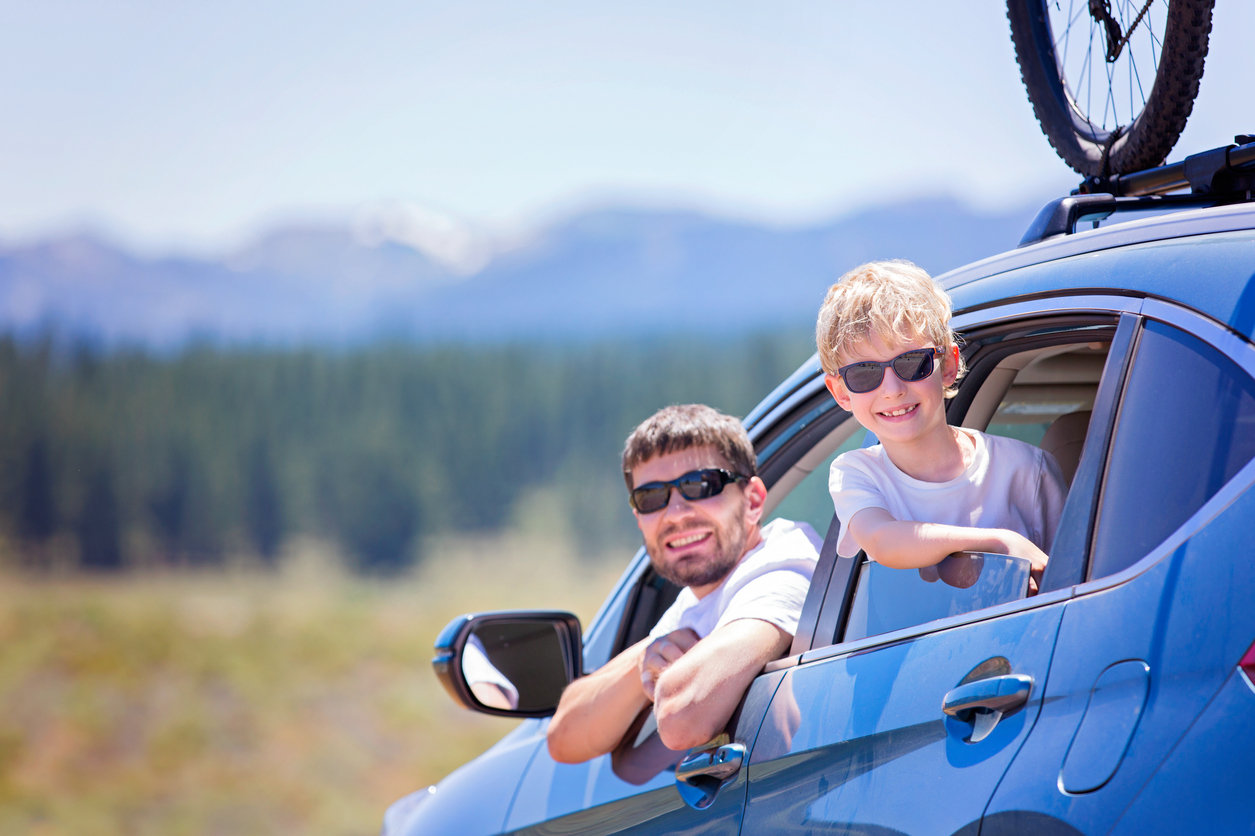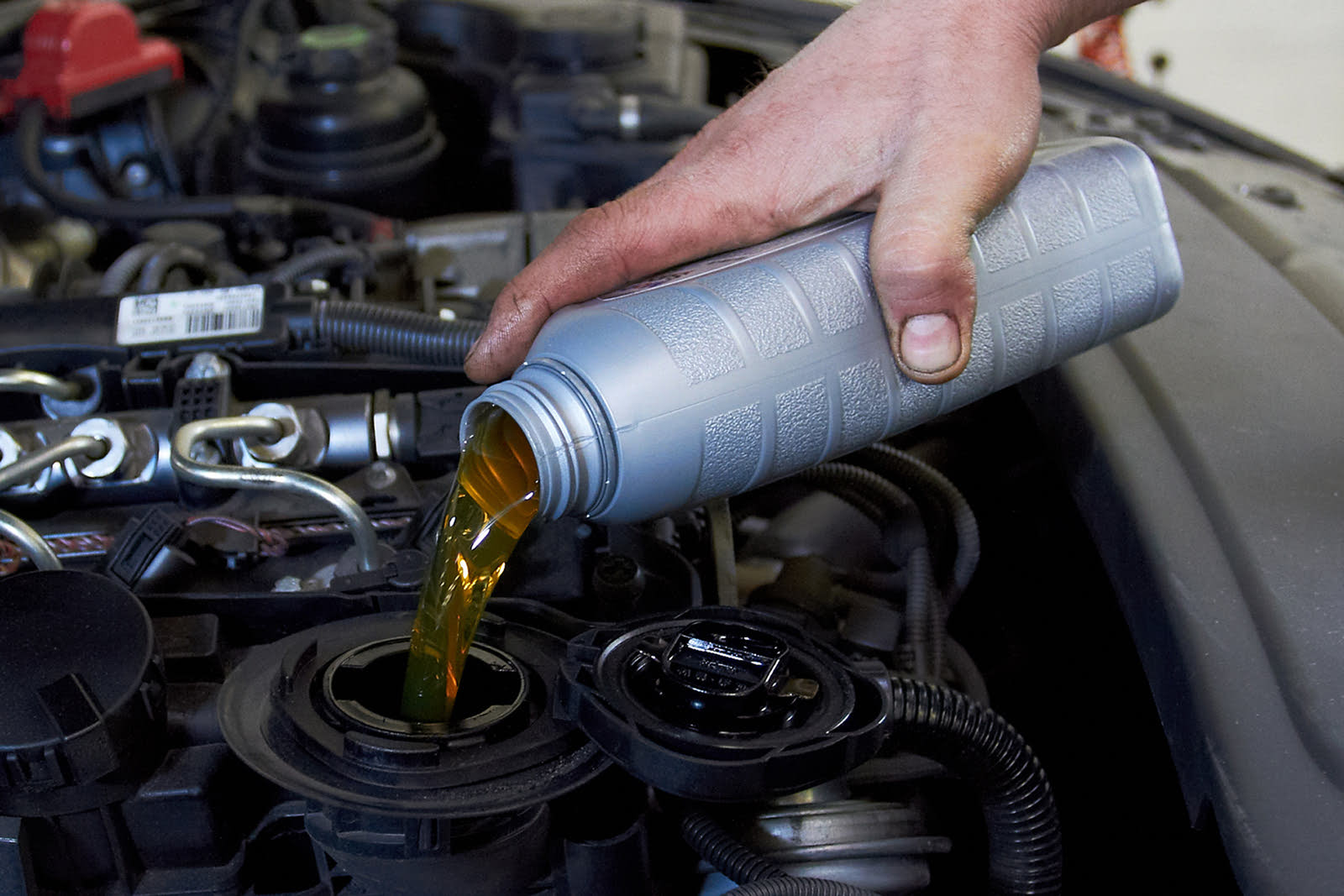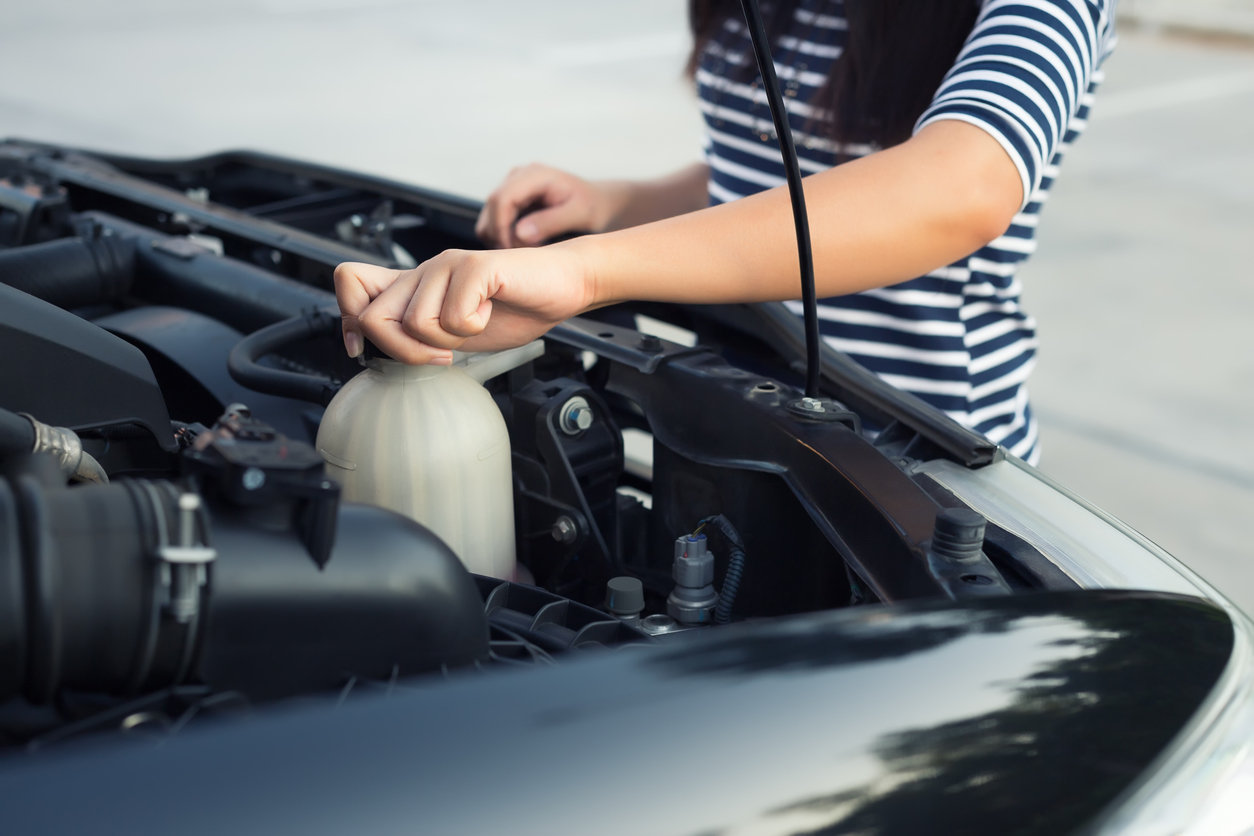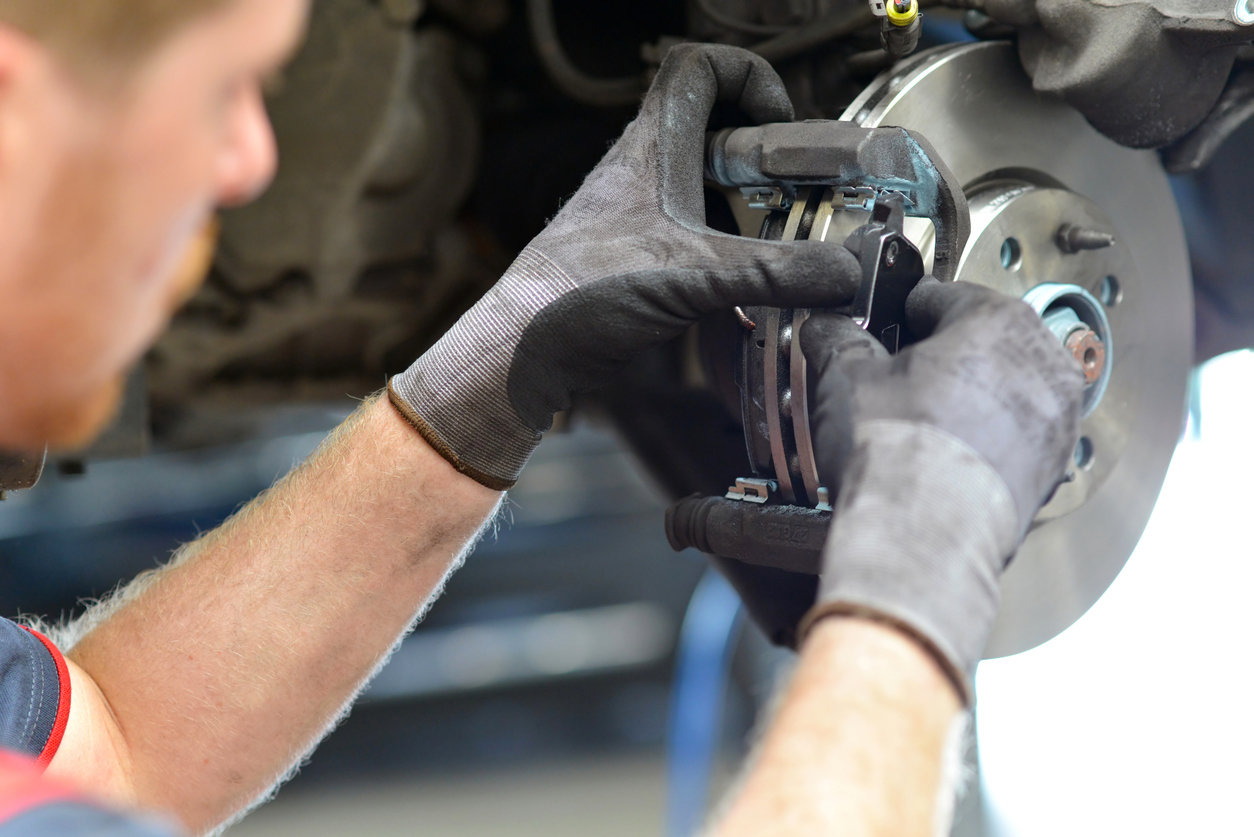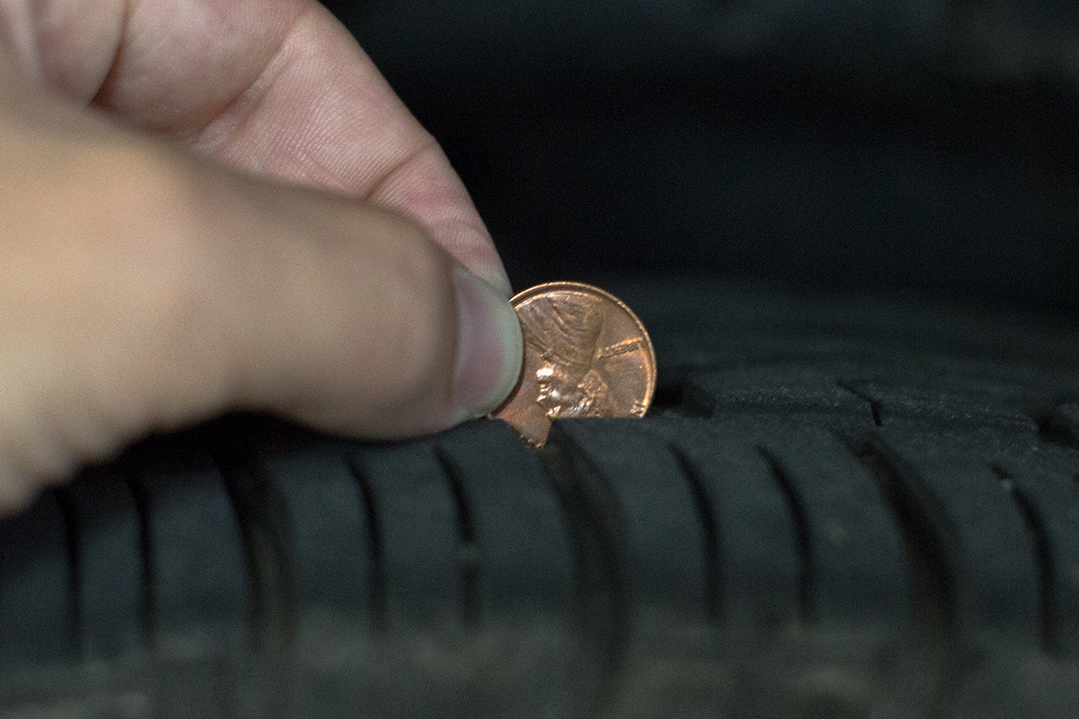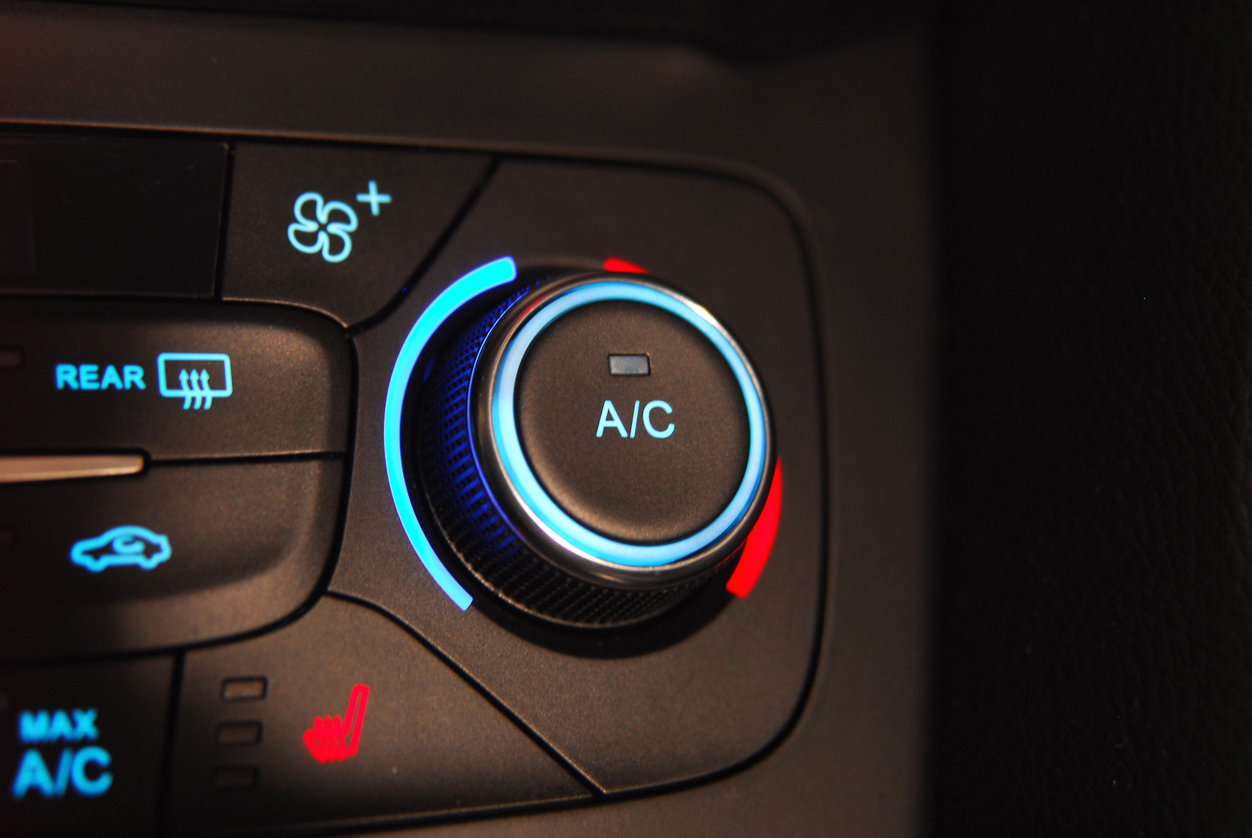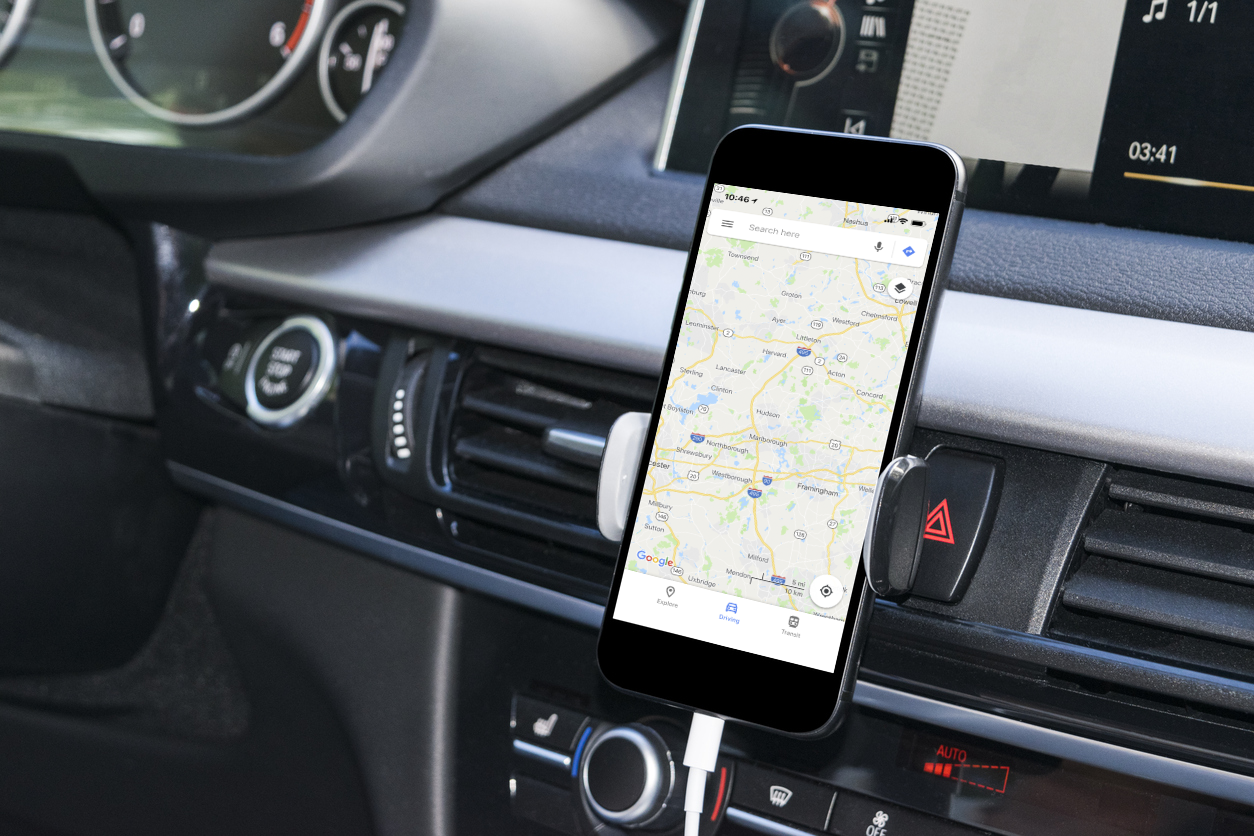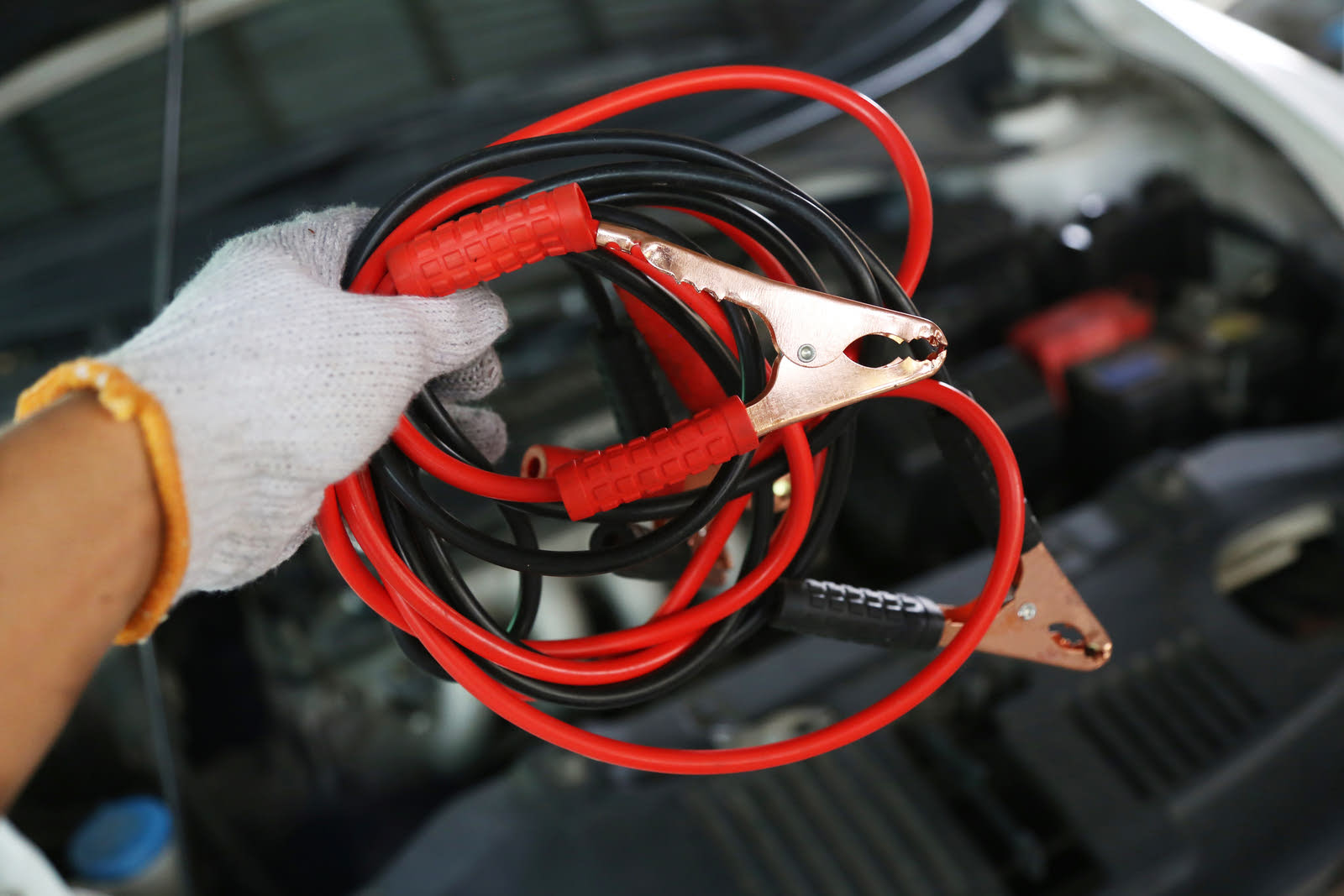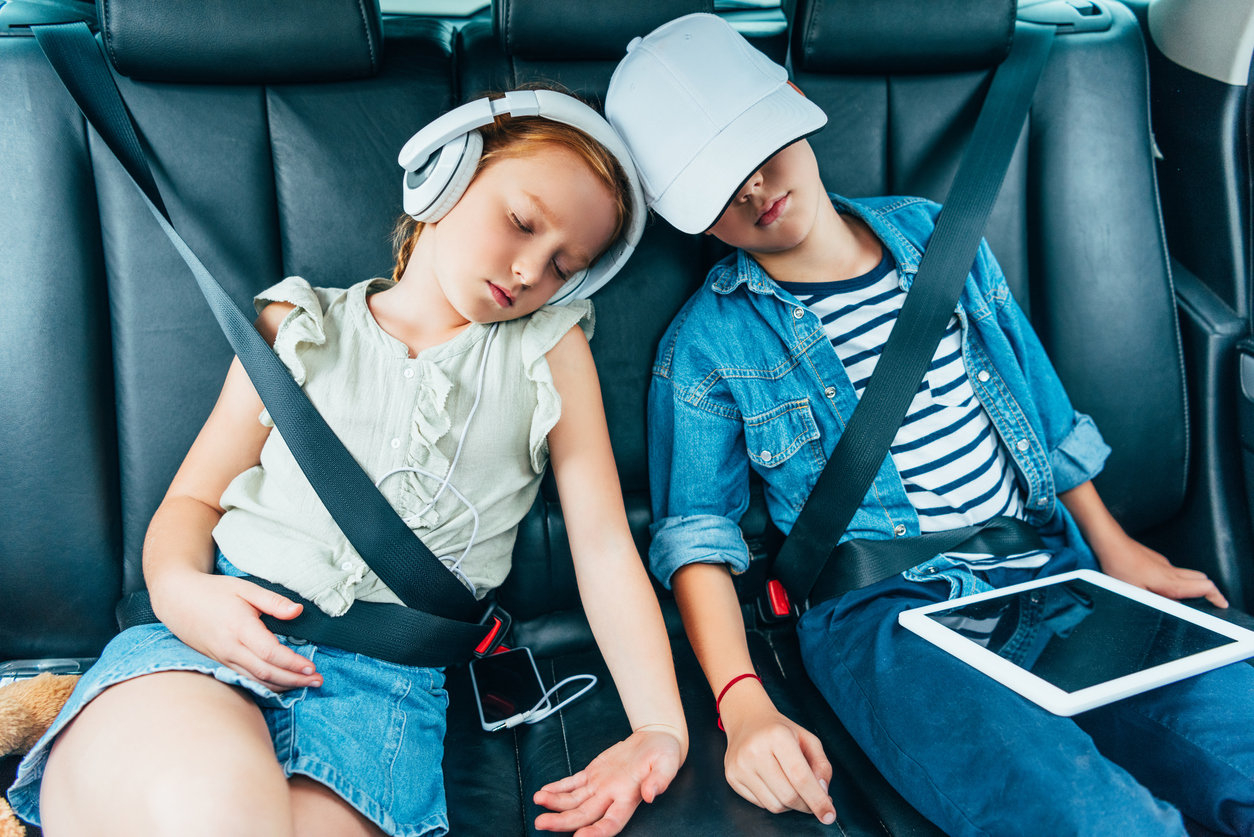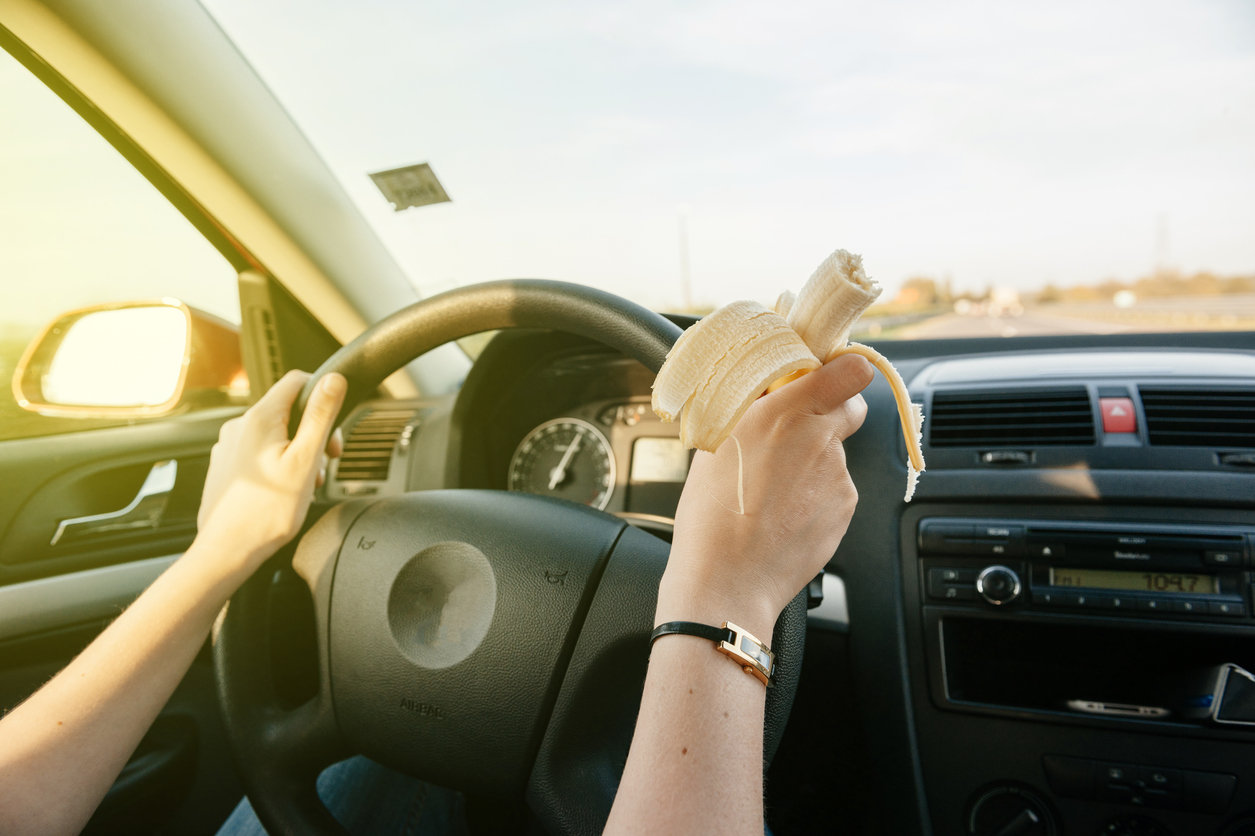There's nothing better than hitting the open road when the sun is shining and the weather is on your side. But before you pick the tunes, pop the top, and turn the key, you'll want to put some thought into the nuts and bolts getting you from point A to point B. Our road trip checklist has you covered.
The 10-Step Automotive Checklist for Summer Road Trips
Pick the Car Change Your Oil Check Your Fluids Make Sure Your Brakes Are in Good Condition Check Your Tires Test Your Air Conditioning Don’t Forget Navigation Pack Basic Emergency Supplies Bring Some Entertainment Stock Up On Snacks
1. Pick the Car
If you have more than one car, you'll have to decide which to take. You could choose the older, higher-mileage unit—a few more miles on the odometer won’t make much difference. Or you could pick the newer one for a more comfortable ride. If you're heading out on a long trip, prioritize comfort and fuel economy over speed. Take your time, select the smoother ride, and save some gasoline along the way.
Also consider how much gear you're going to need to carry. Are you going camping for a long weekend or heading to the city to see some quick sights? If you plan to bring mountains of stuff, you'll obviously want to take the car with the most cargo space.
And, of course, keep basic car maintenance and consumable car parts in mind, too. Make sure the car’s battery is in good condition and that no bulbs are burnt out in your turn signals, taillights, or parking lights. Don't forget to check your wiper blades for cracks or missing pieces of rubber before you leave—you'll want those windshield wipers to be doing their job if it rains.
2. Change Your Oil
Long, hot drives are tough on your car's oil—particularly if you're pulling a trailer or driving up and down hills. Synthetic oil generally performs better in both hot and cold temperatures, and it lasts many more miles than conventional motor oil. If you're already close to hitting your oil-change interval, it's best to change it before you head out on your road trip.
3. Check Your Fluids
In addition to your motor oil, take a few minutes to check your car's other key fluids: coolant, brake fluid, and windshield washer fluid. Your coolant keeps the engine from overheating, you need brake fluid to stop in a safe (and timely) manner, and the washer fluid is sure to help you see where you're going, particularly if the weather turns bad.
4. Make Sure Your Brakes Are in Good Condition
No matter how topped-up your brake fluid is, your car won't be able to stop safely if your brake pads and rotors are heavily worn. It's worth having a mechanic pull the wheels for a quick inspection of your pads and rotors if they haven't been replaced in the last 15-20K miles or more. If they look low (say, 3 or 4 millimeters thick), have the pads replaced and the rotors either replaced or resurfaced.
5. Check Your Tires
Just like depleted tread won't help you in winter slush, summer heat is a killer for worn tires. If you're not sure how many miles you have left on your current tires, try the penny test. Stick a penny into the tread's groove with Lincoln's head pointed downward and facing you. If you can see Abe's entire head, it's time for new tires. If the top is obstructed by the tire tread, you have some more life left in that rubber. The less of his head you can see, the longer your tires will last.
Alternatively, you can also check the tire wear indicators (or wear bars), which are located in several locations around the tire inside the grooves. If the bars are visibly flush with the tire's adjacent ribs, it's time for new rubber.
You should also ensure your tires are free of any bulges, and check your tire pressure both before and during the trip. Consult the owner's manual for the right number (it's usually around 32 pounds per square inch, or psi). Don't forget to check your spare for proper air pressure, and ensure it's in good condition, free of any sidewall cracks, while you're at it. If you don't have a spare tire, consider buying a can of Fix-a-Flat. However, keep in mind that Fix-a-Flat will freeze at temperatures below 32 degrees Fahrenheit, and it shouldn't be stored in temperatures above 120 degrees. Your car probably has a storage well in the trunk that's perfect for an emergency kit, but if you know you'll be leaving the car unattended under the hot sun, make sure to take your can of Fix-a-Flat out of the trunk.
6. Test Your Air Conditioning
Nobody likes riding in a hot car, so do a quick test to make sure the air conditioning is blowing cold before leaving town. Modern systems aren't the gas hogs they used to be, and riding in comfort is far better than surviving 10 hours with the windows down. If things don't appear to be working right, definitely have the system inspected by a mechanic. Air-conditioner repairs are well worth their cost.
7. Don’t Forget Navigation
Nowadays, a smartphone is the simplest solution for navigation. Apple CarPlay and Android Auto let you display Google Maps directly onto your car's touchscreen. You can save a few seconds (and some data) by downloading the map area of where you're going before starting your trip, and apps like GasBuddy can even help you find the closest (and least expensive) gas station. Smartphone GPS systems are very reliable, but you can always go old school and bring an actual road map as backup!
8. Pack Basic Emergency Supplies
There are a few things you should always keep in your car, whether you're traveling a long distance or not. Double check to be sure your emergency kit includes water, a first aid kit, jumper cables, safety triangle/road flares, mechanic gloves, extra engine fluids, and a flashlight. Better safe than sorry, right?
9. Bring Some Entertainment
Think about classic road games like I Spy or the License Plate Game (can you spot all 50—and the District of Columbia?). If reading in the car doesn't make you nauseous (and you're not the one driving), a road trip is a great chance to catch up on your book list. Music is a given, but you can also use your time driving to listen to podcasts, audio books, or, if you're not behind the wheel, to use your smartphone to catch up on your favorite TV shows or movies. Don't forget your various charging cables, adapters, and a portable battery pack if you have one.
10. Stock Up On Snacks
You're going to have to eat sooner or later, right? Pack some snacks so you won't have to stop and pay highway robbery prices. You need to stay properly nourished and hydrated for a successful road trip, so bring some re-usable water bottles you can fill along the way. Choose healthy treats, because nothing is worse than crashing off a sugar high when you still have two hours of driving left. Beef jerky, anyone? And nobody wants to drive or ride in a car filled with trash wrappers, so make sure to bring and use a trash receptacle.
The Bottom Line
Road trips are great for seeing the country and bonding with friends or family, and they're often less expensive than flying. Before your next road trip, take a few precautions in advance, make sure to pack the essentials, and you'll leave your driveway bound for a successful trip. Be safe, be prepared, and have some fun.
Related Topics
5 Tips for Driving in the Dark
The Right Way to Wash Your Car
Choosing the Right Gas for My Car

